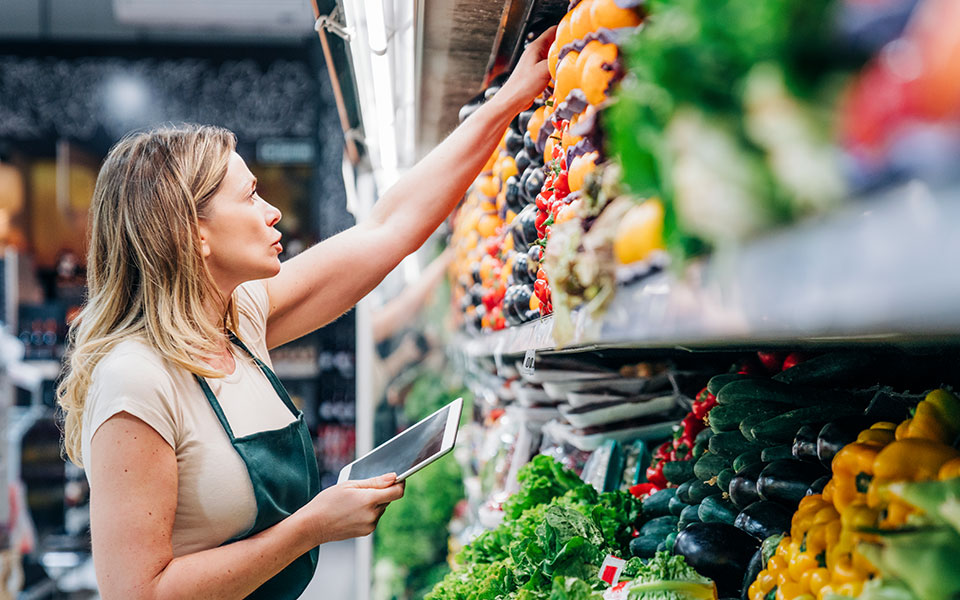*On June 1, 2023 Emerson’s Climate Technologies business became a new standalone company – Copeland. Though our name has changed, we are building on more than a century of HVACR innovation and industry leadership, and Copeland continues to offer the same products, industry stewardship, and learning opportunities you’ve grown to trust. Information found on this webpage posted before June 1, 2023 may contain our old name or branding, but you can be at ease knowing it was created with the knowledge and expertise of Copeland.
The Food Safety Modernization Act (FSMA) requires stakeholders to implement and document a program ensuring safe transport of food within the U.S. Shippers, receivers, loaders and carriers engaged in transportation operations need to be aware of and understand the impact of FSMA. If there is a food safety incident, the following may be required:
-
- Proof that the vehicle used in transport did not allow food to become unsafe
- Written procedures of the company’s food transport safety program
- Verification that employees were adequately trained on proper safe pre-cooling and transport procedures
- Proof that the product was transported under safe temperature conditions
Instead of reacting to an incident, we recommend a proactive approach to food safety that can help mitigate risks, reduce shrink and protect brand reputation. The fresh foods supply chain is complex, with multiple steps and parties involved, and if inconsistencies in temperature occur in any segment along the journey “from farm to fork,” food quality and safety can be compromised. Also, companies that recognize the technology advancements available for automated, real-time temperature monitoring can use these solutions to modernize their supply chain.

-
- Establish pre-cooling processes: Before food is transported, it should be pre-cooled by the supplier to the correct transit temperatures, as this can have a direct impact on product quality, safety and shelf life. Pre-cooling should occur when the container is connected to the cold storage unit.
- Ensure proper loading practices: Perishable products should be loaded in a manner that allows airflow through the transport container, making sure that it does not go above the “load” line. Also, the product packaging itself should promote airflow.
- Develop and communicate proper transport temperatures: When the product is then shipped to distribution centers, it must remain within acceptable temperature ranges for the particular commodity (i.e., 56-62°F for bananas and 32-39°F for dairy).
- Integrate temperature monitoring device and placement procedures: Place a digital temperature monitoring device on the product to provide the most accurate product temperature data. Establish consistent placement locations in all trailers.
- Check temperature data upon receipt at the distribution center: Quality assurance staff should check the temperature monitoring device’s data for any breaches once the shipment reaches the distribution center. These devices provide historical information about what happened during transit and can help identify any issues that may not be visible but could affect the future food quality and shelf life.
- Continue product monitoring from distribution center to store: Once the product is consolidated at distribution centers, it is regrouped and sent to an individual store. While this segment of the cold chain is subject to similar food quality risks, independent monitoring devices are not always used to validate that product temperatures have been maintained. We recommend use of these devices in this step along the process for a complete, continuous monitoring program.
- Utilize facility management systems for yard monitoring: Finally, as perishable products are held in stationary facilities while being pre-loaded and waiting for transport in the yard, use facility management systems to address this segment in the supply chain.
For more than 20 years, Emerson’s Digital Solutions has been helping businesses like yours safeguard food, reduce energy consumption, protect the environment and optimize business results. To learn more about our technology solutions and services for retailers, visit our website.
Note: the content in this blog post originally appeared in a white paper titled “Freshness is Cumulative” from Emerson-acquired company, PakSense.

8 proven strategies for rigorous cold chain management
Preparing for the approval and safe use of A2Ls in commercial refrigeration applications...
Protection for high-value shipments just got even better
We’re excited to announce the release of Copeland’s newest real-time tracker, the GO Real-Time...

Three proven strategies to prevent cargo theft
The over-the-road (OTR) transport industry is experiencing a surge in cargo thefts. As thieves...
